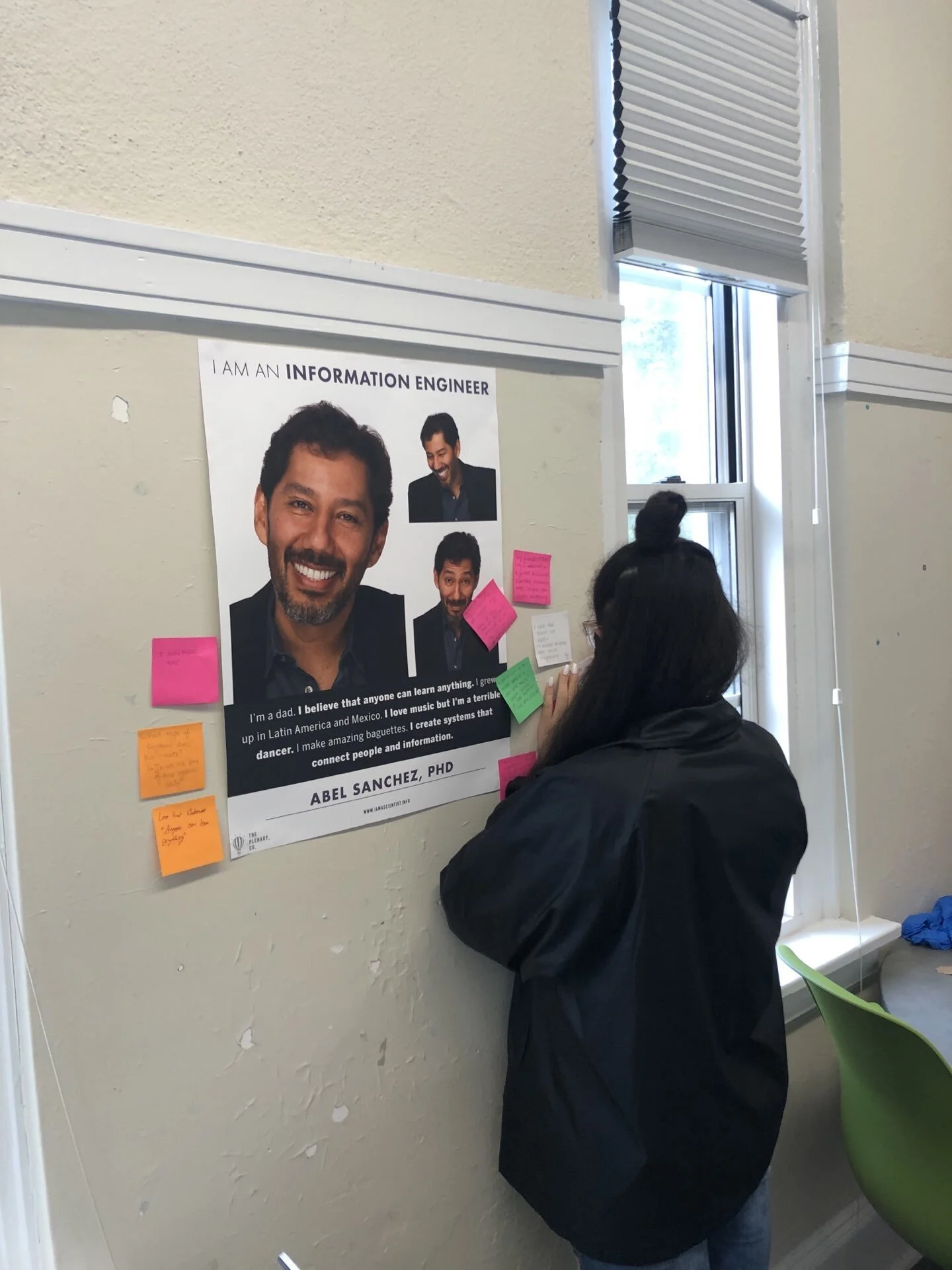How Dr. Richard Cox is Helping his Students Relate to Scientists
Introducing Dr. Richard Cox
Dr. Richard Cox, pictured with his colleague Mrs. Kischnick, at Kentucky Center for Math. Image Source: Dr. Richard Cox
Why he cares:
Dr. Cox is an Assistant Professor of Elementary Education at Winthrop University. He began his science teaching journey as a second/third grade teacher and had the opportunity to start Kentucky’s first elementary level STEAM Lab. He prides himself on the learning environment that was fostered at the STEAM Lab, one rooted in equity, empathy, and experiences. Students had a chance to make use of their experiences and envision themselves participating in the world of science.
“It was then that I fully realized the power of science to provide refuge, how many students whom were not engaged by other content were drawn to and thrived in a science-focused classroom, and how designing, making, creating, finding solutions, wondering and observing could draw us out of suffering or connect us or empower us.”
What makes his classroom and teaching unique:
He is now a teacher of future elementary teachers with the goal of making role models out of his students. He wishes for his students to empower the youngest learners to become change agents and serve others and their communities.
“Now as Assistant Professor here at Winthrop and a teacher of future teachers, I see how critical it is to model and encourage the teaching of science in equitable ways in line with the work of ‘I Am a Scientist.’”
Dr. Cox’s creativity in action. Image Source: Dr. Cox
Introducing The Poster Kit + Post-It Exercise
IDEAL FOR: MIDDLE SCHOOL THROUGH POST-SECONDARY
Dr. Cox utilized the I Am A Scientist Posters in his Science Methods course for junior elementary education majors. The posters were incorporated into a lesson on equity and empathy in science.
First, he asked his students to take the Project Implicit -Harvard University: Gender Science IAT.
“Help them anchor their thinking in line with: ‘Science reflects the biases of society.’”
Students were asked to consider how to highlight diverse scientists, rethink what it meant to do science “right” and how to make learning meaningful.
They walked around the classroom visiting each poster to reflect on different aspects of the featured person, how they could relate to them, and what lessons they could take from them.
After the gallery walk with the posters, they explored empathy through science-focused children’s books which helped them see that empathy is a core component of both equity and science.
Students were then invited to make their own posters, which you can see an example of here:
At the end they reflected on everything: the biases, the stories on the poster, empathy, their own stories. They reflected on how to connect these ideas back to the NGSS Science Standards and how reform documents in science demand that teachers take action that helps students reimagine science. They also focused on the reflective questions : “how is what you did today…enduring? Beautiful? Meaningful? Powerful? Helpful?” — to help them think about the potential impact of their work with students.
LESSON PLAN
Materials:
✦ I Am A Scientist Poster Kit
✦ 1/2 Post-it notepad for each student
✦ Pens or markers
✦ Tape for mounting Kits
Step-By-Step:
✦ Mount I Am A Scientist posters around the classroom
✦ Ask students to go around to each poster and to write their thoughts on Post-its using the following reflection prompts:
“I used to think…but now I think”
View the story as a mirror (a reflection of themselves) — what do you notice?
View the story as a window (a view into a different experience) — what do you learn?
View the story as a sliding glass door (seeing oneself in the scientists/science, an invitation to the story) — what do you feel?
✦ Discuss what they’ve written for the reflection prompts.
✦ Have students create a Poster Kit describing their multifaceted selves. They can use our premade template or make their own!



